At the March 2022 Spring Statement it was announced that there is an increase to the Employment Allowance from £4,000 to £5,000 as of 6 April 2022. It is estimated that around 495,000 businesses will benefit from this increase being almost a third of all UK firms.
Tax cut of £1,000
An increase from £4,000 to £5,000 effectively gives eligible businesses a £1,000 tax cut as firms will be able to claim back up to £5,000 of their employer national insurance contribution (NIC) liabilities.
The government believe that by increasing the allowance the number of firms not paying NICs or the Health and Social Care Levy will rise to 670,000 which has been a welcomed change by the advocacy group Small Business Britain as it will help small businesses with employees whilst facing the substantial cost-of-living challenges many are currently suffering.
Third time’s a charm
Since its introduction in 2014, the government has increased the Employment Allowance three times. They state that by increasing the allowance to £5,000 firms can employ up to four full-time workers on the National Living Wage without paying any employer NIC.
It is said by the government that the wholesale and retail sector; the professional, scientific and technical activities industry; and the construction sector will see the highest number of firms benefitting from this allowance.
Hero ask
Responding to the Spring Statement, Martin McTague, National Chair of the Federation of Small Businesses (FSB) who have campaigned for the increase to the Employment Allowance, said: ‘The increase in the Employment Allowance helps small firms do what they do best, creating and sustaining jobs.
‘This was FSB’s ‘hero ask’ at the Spring Statement, and we have hugely valued the time taken by Treasury officials to work with us on the positive impact this will have not just on work opportunities, but also training and investment.’
Eligible businesses
Businesses and charities will be eligible for the Employment Allowance if their employers’ Class 1 NIC liabilities were less than £100,000 in the previous tax year.
Employment Allowance can also be backdated for the previous four tax years going back to the 2018 to 2019 tax year. Even if your business does not meet the current criteria, a claim may be possible for an earlier year if you were eligible as some of the rules are different for earlier years.
When and how to claim
The Employment Allowance can be claimed at any point within the tax year using a payroll software or HMRC’s online PAYE tools. It must be claimed separately each year but the earlier the allowance is claimed the quicker it will be received.
If you do not claim the allowance within the year against your class 1 NIC then there are two options available. The unclaimed allowance can be offset against any tax or NIC liabilities, if there are no outstanding PAYE liabilities this means it could be used against corporation tax or VAT liabilities. Alternatively, a refund can be claimed if there are no other liabilities.
If you have any further questions / would like to discuss options please get in contact with one of our experts, via the contact us page or phone 0116 254 9262.
